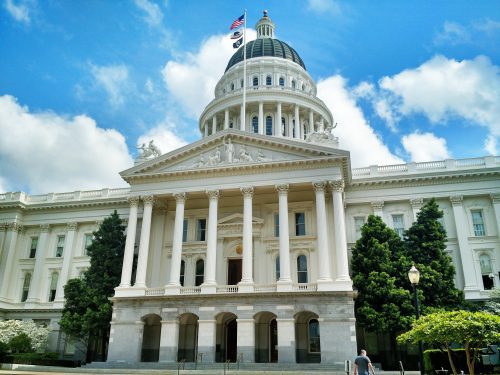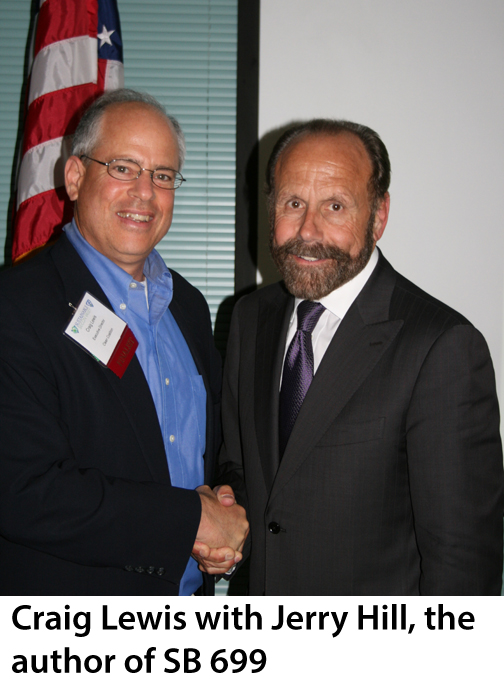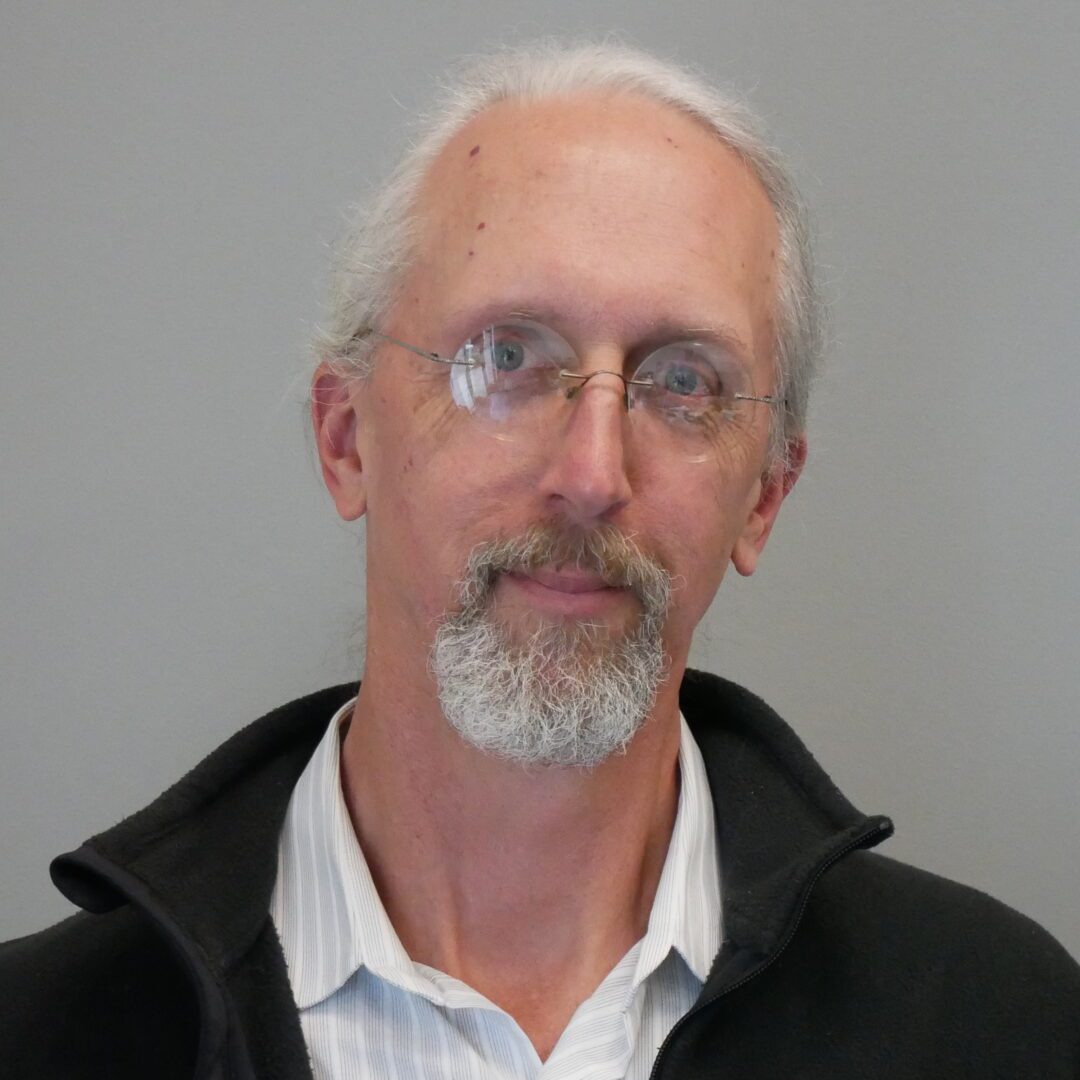
Policy update: SB 699 gains traction and SB 32 finally poised to launch
A mix of wins and losses for clean energy in California.
In California, a promising piece of legislation is moving forward, while the final California Public Utilities Commission (CPUC) decision on Senate Bill (SB) 32 is disappointing.
 SB 699 (Hill), shaped heavily by the Clean Coalition, easily passed the state Senate with a 35-3 vote. The bill calls for increased transparency into distribution system investments by requiring investor-owned utilities (IOUs) to provide a detailed annual report on their distribution grid expenditures, including all costs associated with the interconnection of new DG projects. Every year, the state’s IOUs invest billions of ratepayer dollars in the electrical distribution system, while ratepayers and politicians are given little, if any, insight as to how that money is spent. The transparency mandated by SB 699 will enable policymakers to judge whether or not IOUs are wisely investing ratepayer money to prepare the distribution grid for high penetrations of local renewables.
SB 699 (Hill), shaped heavily by the Clean Coalition, easily passed the state Senate with a 35-3 vote. The bill calls for increased transparency into distribution system investments by requiring investor-owned utilities (IOUs) to provide a detailed annual report on their distribution grid expenditures, including all costs associated with the interconnection of new DG projects. Every year, the state’s IOUs invest billions of ratepayer dollars in the electrical distribution system, while ratepayers and politicians are given little, if any, insight as to how that money is spent. The transparency mandated by SB 699 will enable policymakers to judge whether or not IOUs are wisely investing ratepayer money to prepare the distribution grid for high penetrations of local renewables.
In the coming weeks, the bill will likely evolve to also support distributed energy resources like energy storage and move California towards a more comprehensive, integrated approach to DG deployment and distribution grid investment. This kind of reform has been long-championed by the Clean Coalition and was recently bolstered by a newInterstate Renewable Energy Council report.
Less exciting news comes out of San Francisco, where the CPUC – after more than three years of delay and inefficient debate – approved a highly unsatisfactory Final Decision (FD) for the statewide Power Purchase Agreement (PPA) within SB 32. The FD, which ratified the final SB 32 program rules and an unfair PPA to be used by all three California IOUs, will ultimately fail to create a viable market for WDG in California.
The CPUC allowed the IOUs to adopt a PPA that was overly complicated and burdensome for smaller projects, single-project owners, and developers – ignoring a straightforward and fair PPA proposed by the Clean Coalition. As a result, this disappointingly small program of about 230 MW – slated for launch in the early fall – will make inconsequential progress towards Governor Brown’s goal of deploying 12,000 MW of DG by 2020.

